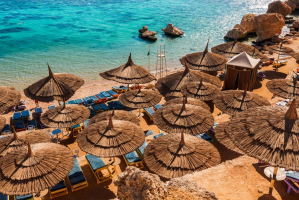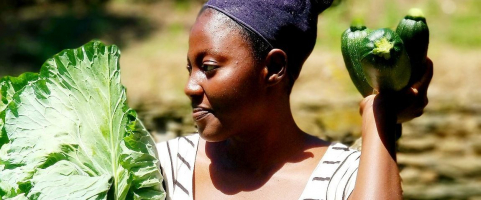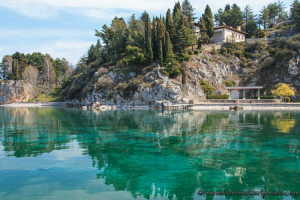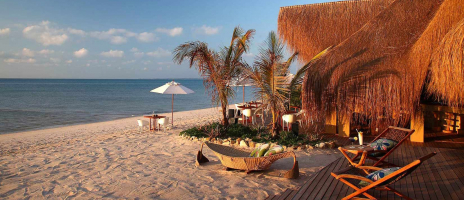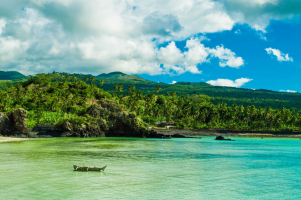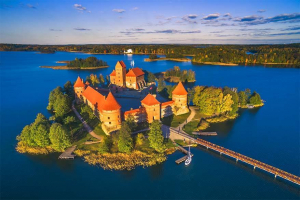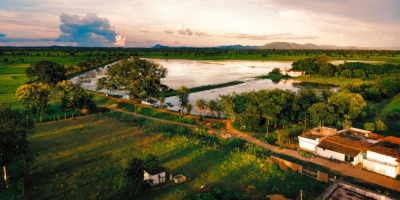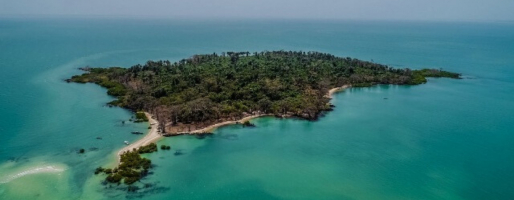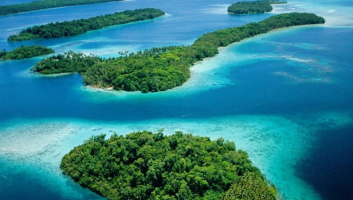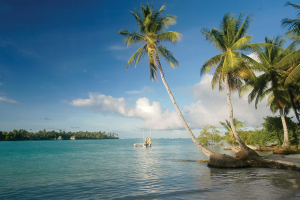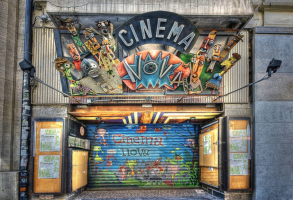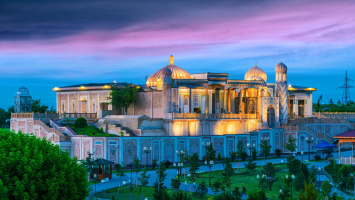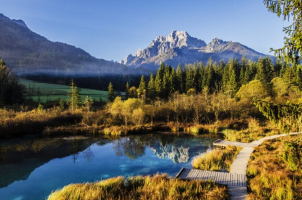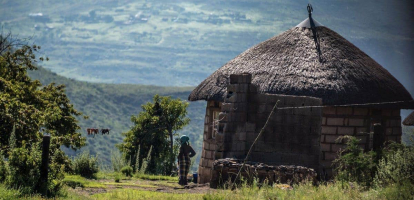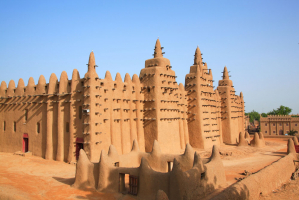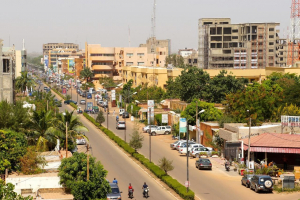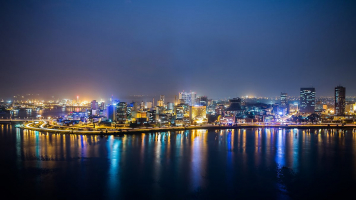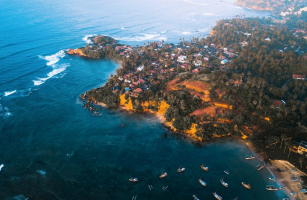Top 12 Things You Should Know Before Traveling to Peru
Peru was awe-inspiring in every way, from the scenery to the culture. Planning a trip to Peru, on the other hand, can be daunting, especially if you have never ... read more...been to South America before. This may stop some travelers from pursuing their interest in Peru. To help you get started planning your trip, here are the 10 things you should know before traveling to Peru.
-
Peru has a developing economy, which can mean a variety of things, but it adds a minor complication for visitors. It is important to understand that credit cards are not widely accepted in this country. Cash is king in this country, and while things have improved slightly, it is still necessary to withdraw money and carry cash with you at all times.
How you decide to carry your money in Peru depends on factors such as the duration of your trip and your style of travel. It’s not a great idea to carry large amounts of cash in Peru (dollars or nuevos soles), but it’s certainly a viable option for short visits (up to a week). Otherwise, you can simply withdraw money when needed from ATMs all over Peru; Visa is the most widely accepted debit or credit card in Peru; there will be fees associated with each withdrawal. Traveler’s checks are also an option (ideally in U.S. dollars or Euros) but may be hard to cash in small towns and villages, and the exchange rate can be poor.
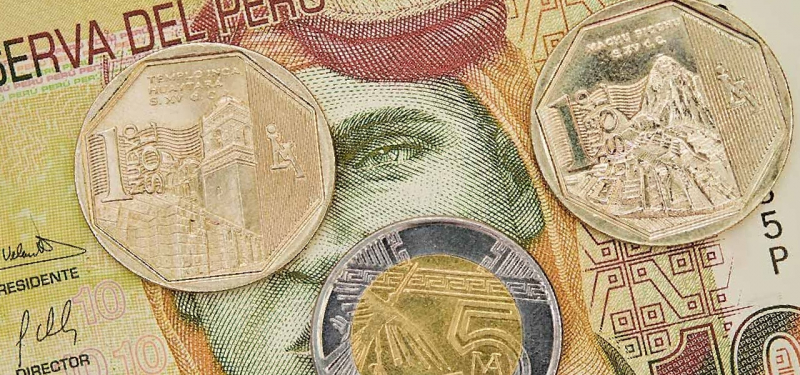
ripioturismo.com 
tripsavy.com -
Visiting Amazon usually necessitates many hours on the road or even a flight to a remote location. This trip is often not cheap, but it is a once-in-a-lifetime opportunity that you should not pass up. The Amazon base covers 7,000,000 km2; of this, 5,500,000 km2 is a rainforest, and Peru owns 13% of this square footage, ranking second only to Brazil. The Peruvian Amazon is home to some of the world's most pristine rainforests. The incredible biodiversity provides endless opportunities for wildlife spotting, with jungle lodges, rainforest treks, and riverboat cruises catering to the adventurous visitors who visit this fascinating part of Peru.
The Peruvian Amazon is distinct from the rest of the country for reasons other than geography. The Amazon is also distinctive culturally. The scattered jungle cities are often a heady mix of fun, frivolity, and river port activity, with Peruvians having a laid-back but friendly attitude, always ready to drink and dance. Then there's jungle cuisine, with its seemingly endless array of strange fruits, fish, and aphrodisiac liquors. Beyond the cities are indigenous communities, many of whom cling to their traditions, including the sacred knowledge of the shamans and their jungle medicine.
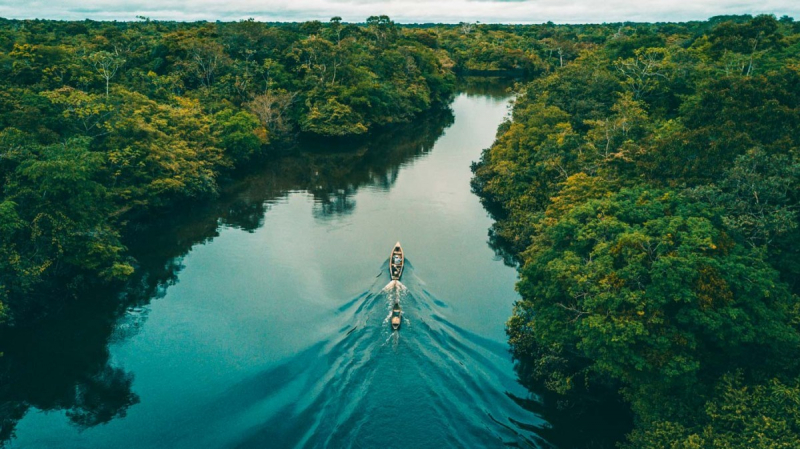
vnexpress.net 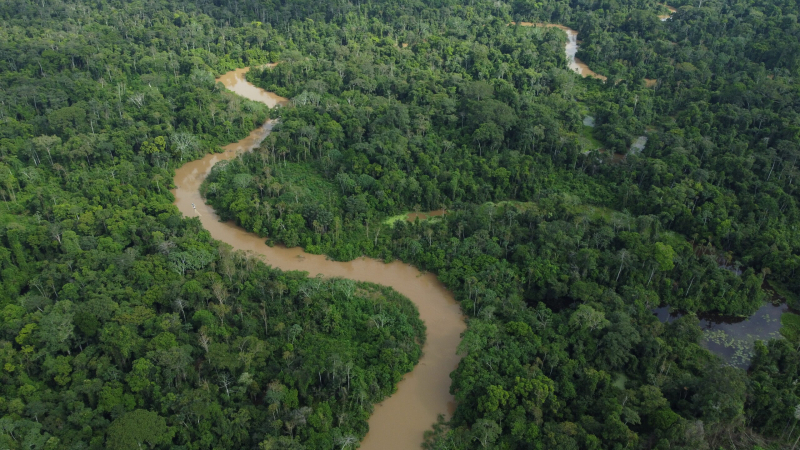
infoamazonia.org -
It is impossible to visit Peru without eating Guinea Pigs at least once. Guinea pig is a popular dish in the area. Originally eaten only by indigenous people, the meat is now one of the most popular meals in the country. Despite its name, the Guinea pig originated in the Andes of South America, not in Guinea, and it is a rodent, not a species of pig.
Although it does not sound appealing (and it does not look appealing on the plate), the animal was domesticated and is raised solely for meat, and you would be making a mistake if you misspoke about this specialty. Every family has their own unique recipe, and in touristy cities like Cusco, you'll be hard pressed to find a restaurant that doesn't have Guinea Pig on the menu - you will find it under the local name. Ceviche is another must-try dish in Peru for foodies. This meal is served almost everywhere, but Lima has the most cultural significance.
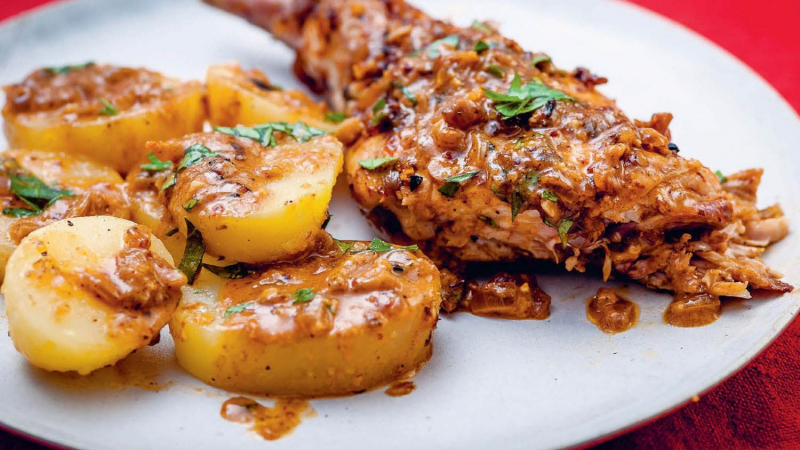
seriouseats.com 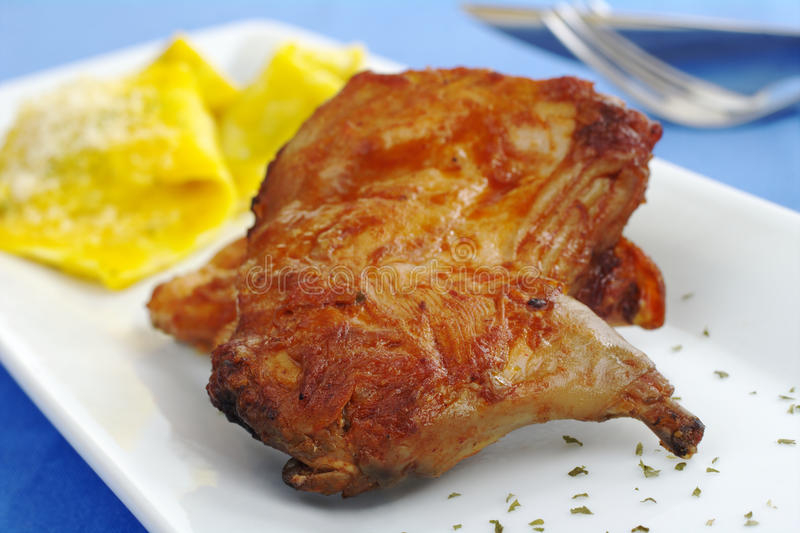
dreamstime.com -
Tap water in Peru, and pretty much everywhere else in South America, is unsafe to drink. Most households boil their water to purify it before keeping a bottle or pot of clean water on the stove or in the refrigerator. Many travel websites recommend that if you boil your water, you bring it to a boil and then let it cool for five minutes.
While this method is intended to cover all bases and is guaranteed to kill 100% of all bacteria and parasites, it is not truly necessary. Once your water has reached a boil, it is safe to drink, and there is no need to continue boiling it for another 5 minutes, especially if you are camping and need to conserve gas. If you don't want to boil your water or don't have access to a stove, you can purify it with chlorine tablets or drops. Pick some up before you go at a camping store, or look for an adventure gear store once you arrive in Peru.
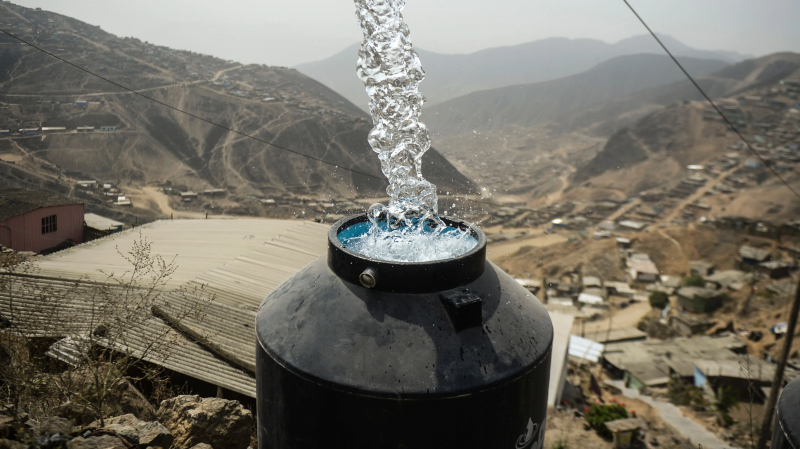
glamour.com 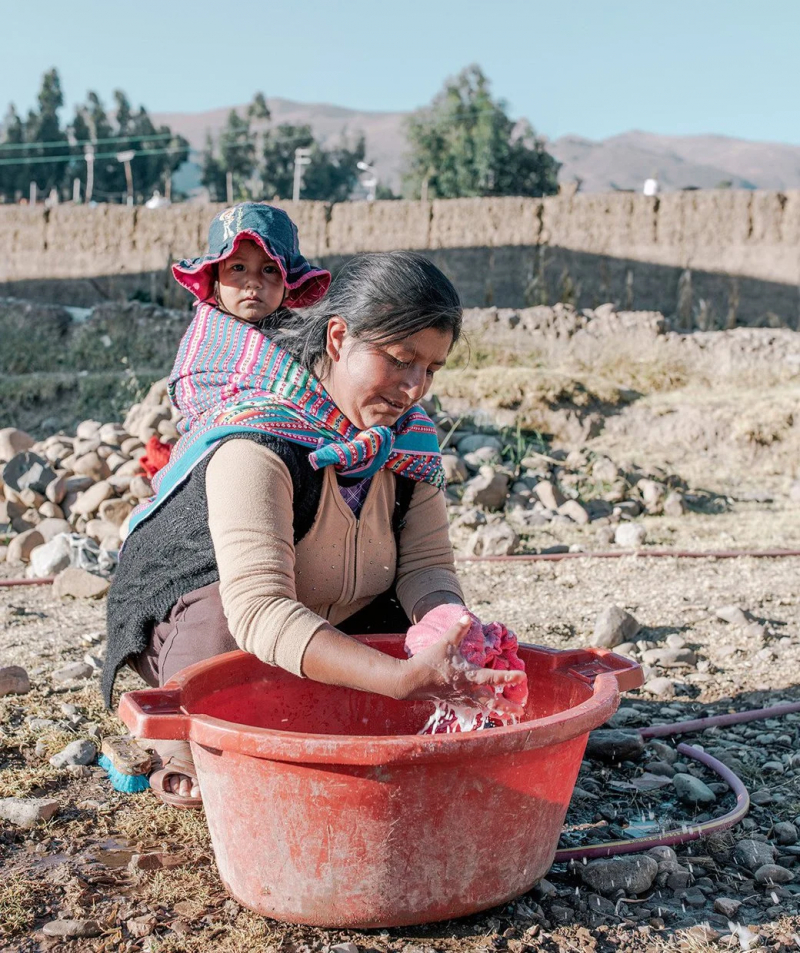
water.org -
Food is the real threat to your stomach. Most high-end restaurants, particularly tourist restaurants, adhere to a very high standard of cleanliness, and you should have no problems with the food they serve. You should look for more affordable options, less touristy areas, and especially market stall restaurants and street vendors. This is not to say you shouldn't eat there. It just means you need to know what you can and shouldn't eat if you don't have a large bottle of Pepto-Bismol at home and constant access to a toilet.
Fresh salads, fresh fruit, and ice should be avoided in questionable restaurants. This is because the fresh salads and fruit may have been washed in contaminated water or may still harbor bacteria if not properly cleaned. You should be cautious of ice because it may have been made with unpurified tap water. If you are concerned, either don't eat or drink it, or politely ask the waiter if they clean their produce and make ice with purified or bottled water. In lower-end restaurants, look for dirty silverware, cups, and plates. It is not considered impolite to return dirty items. If your silverware comes to you wet, dry it off with a napkin before you use it. This is unquestionably one of the most important things you should know before traveling to Peru.
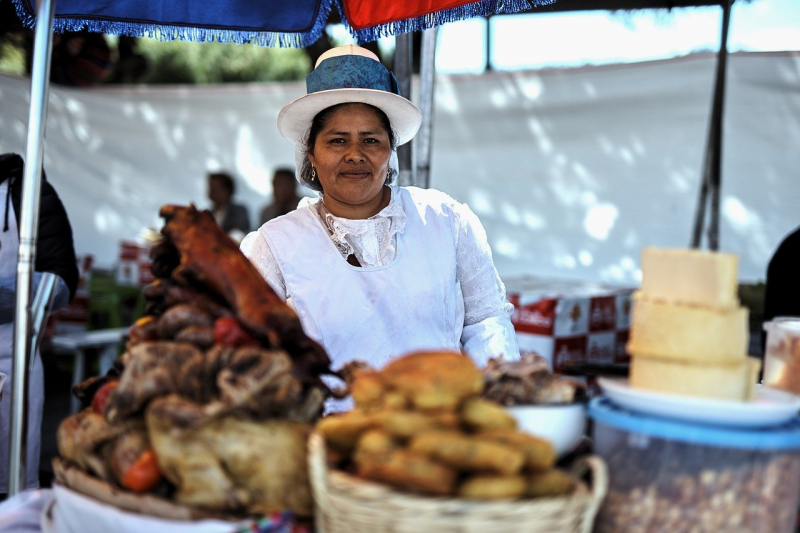
eattravelgreet.com 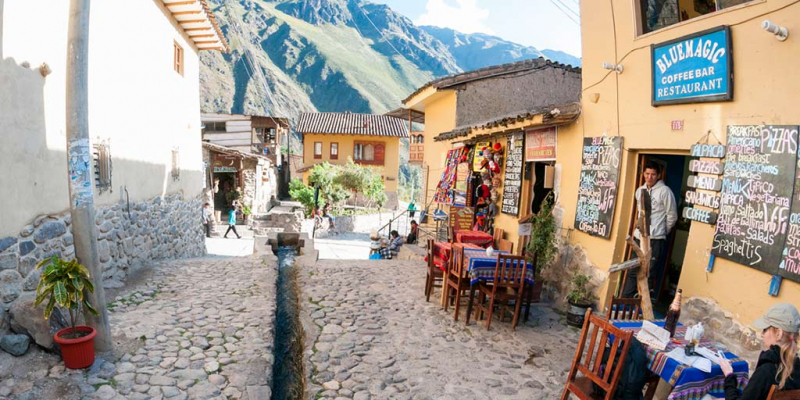
worldnomads.com -
Visiting Sacred animals is one of the most important things you should know before traveling to Peru. The country is one of the most spiritual countries in the world, and if you visit Machu Picchu or Cusco, you will undoubtedly hear many stories involving one of the sacred animals - a snake, a puma, or a condor. These animals appear frequently in ancient art, and many legends include them as well. You would be extremely lucky to see a puma in Peru because this species is extremely rare and shy; most tourists do not want snakes under their feet.
A condor is your best bet if you want to see one of Peru's true symbols. This magnificent bird is absolutely stunning, and it is not difficult to spot in the wild. If you visit Arequipa, make at least one day trip to Colca Canyon, and you will understand why the condor is considered one of the most majestic animals - watching this bird soar is an unforgettable experience.
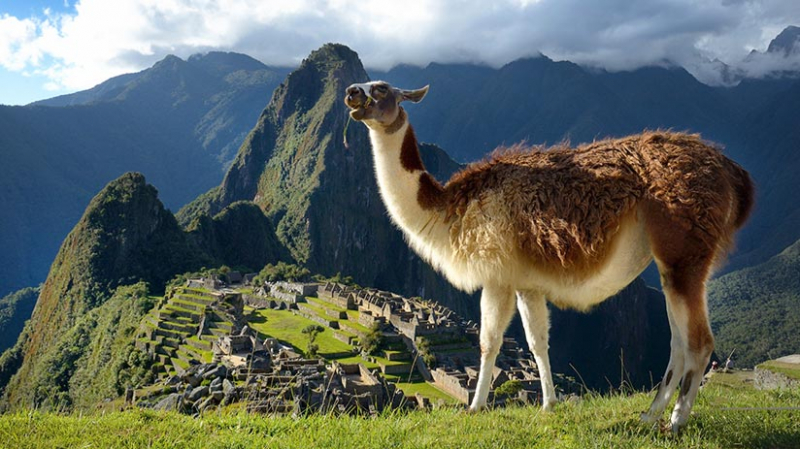
machutravelperu.com 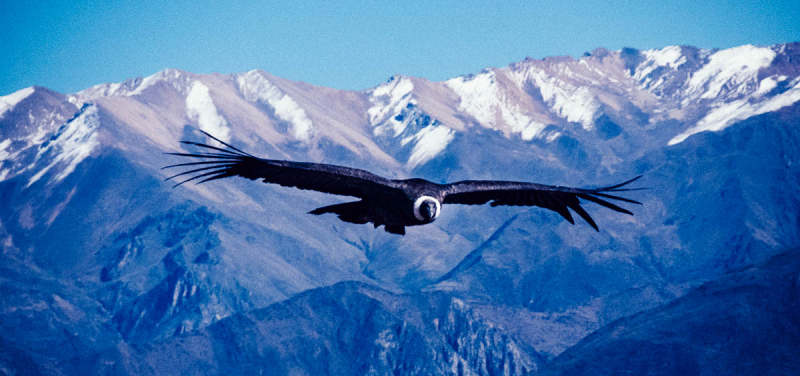
sidecarphoto.co -
If you are seriously considering Peru as your next travel destination, you should be aware that you must consider travel seasons. In general, there are two distinct seasons in Peru: wet and dry. The dry season, which lasts roughly from May to September (or mid-October), is extremely popular with tourists, so it is often necessary to book accommodation or trips in advance. On the other hand, you'll be rewarded with almost perfect weather - blue skies and it also rarely rains, which is great, especially if you have only limited time for your Peru trip. It is important to remember that the dry season coincides with Peruvian winter, so temperatures are lower, especially in the mountains.
The wet season lasts from October to April, and as the name implies, there will be rain - the rainiest months are December, January, and February. If you want to hike, February is probably the worst month to visit Peru because the Inca Trail is closed for maintenance and other trails are prone to landslides. However, there are advantages to the rainy season. There are fewer visitors, prices are lower, temperatures are higher (it is summer), and it does not rain all of the time.
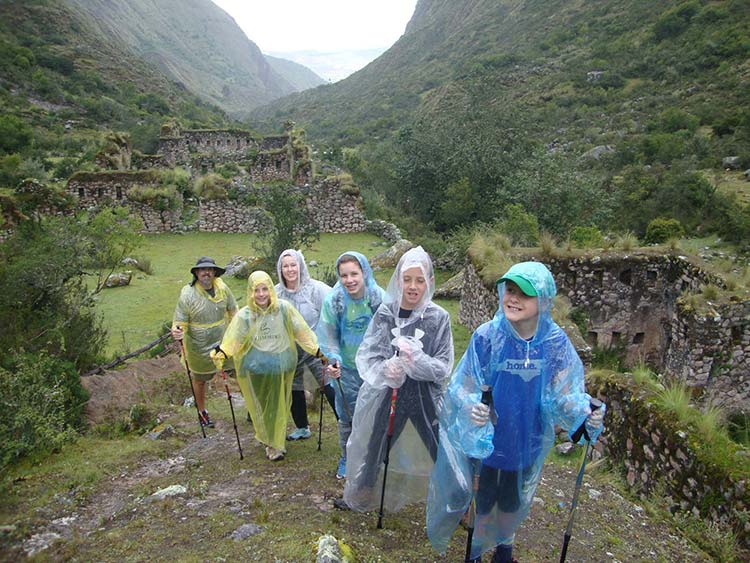
kuodatravel.com 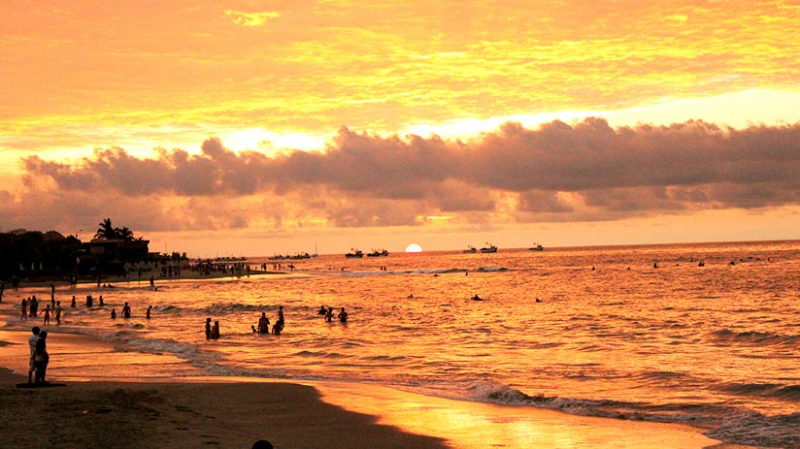
machutravelperu.com -
In general, Peru is a pretty safe place to visit. You’re not going to get kidnapped or murdered there, but Peru does require you to be a bit more vigilant than other places. There is a lot of petty crime against tourists, especially those who are careless and leave valuables around. There are some tips that should help you understand what the risks are and make sure your trip to Peru is even safer:
- Avoid displaying any expensive belongings
- Be aware of thieves or muggers working in pairs or small groups
- Watch out for pickpockets
- Avoid traveling alone at night
- Choose a reputable bus operator
- Don’t use drugs
- Be careful in the coca-growing areas
- Buy travel insurance
Your safety is important and should be a priority at any party abroad. So take all precautions, and you will have a safe and happy vacation. But despite all this, don’t be alarmed, Peru is a great destination for your next family vacation. This is one of the things you should know before traveling to Peru.
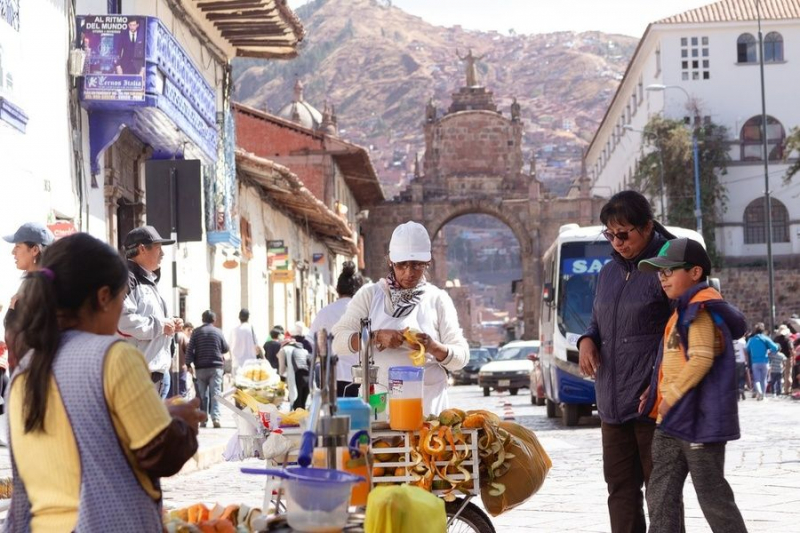
viahero.com 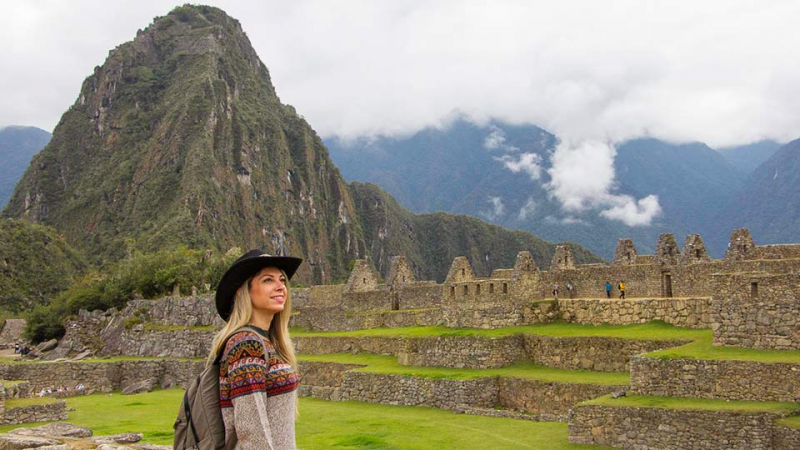
cuscoperu.travel -
Coca leaves were considered sacred by the Incas and have since been used as a natural remedy for a variety of ailments, including headaches, sore throats, and stomach upsets. The coca leaf is now an important part of Peruvian culture.
For millennia, Peruvians and their forefathers have used coca leaves to treat altitude sickness. The leaves are chewed by the locals or used to make tea, which you will undoubtedly be offered several times while there. It's definitely worth a shot, if only for the plant's cultural significance in this part of the world. So try it and see if you like it — just don't try it too close to bedtime because it's a stimulant and may keep you awake. Instead, in the evening, try some Andean mint tea. It is not only tasty and soothing, but it also has many of the same altitude-relieving properties as coca. Finally, don’t try to bring a box of coca tea bags (or the leaves themselves!) back to your country — it’s illegal.
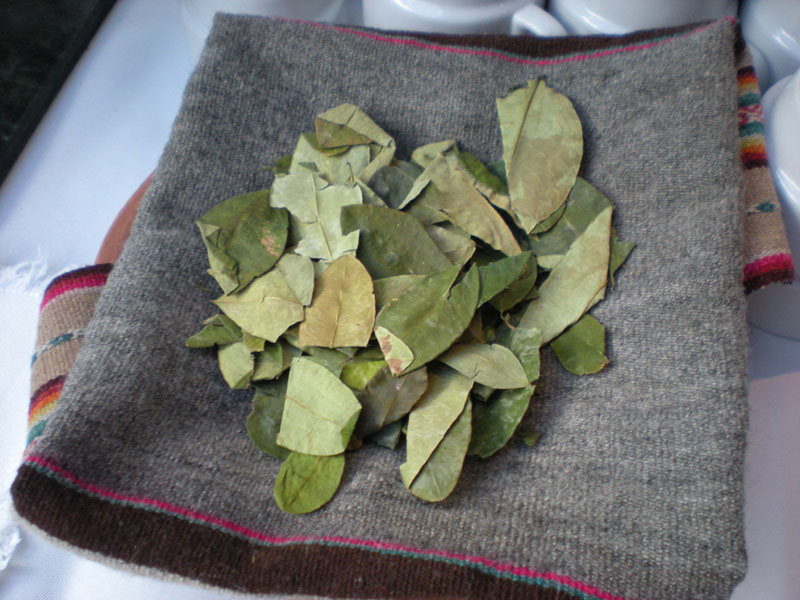
culturelocker.com 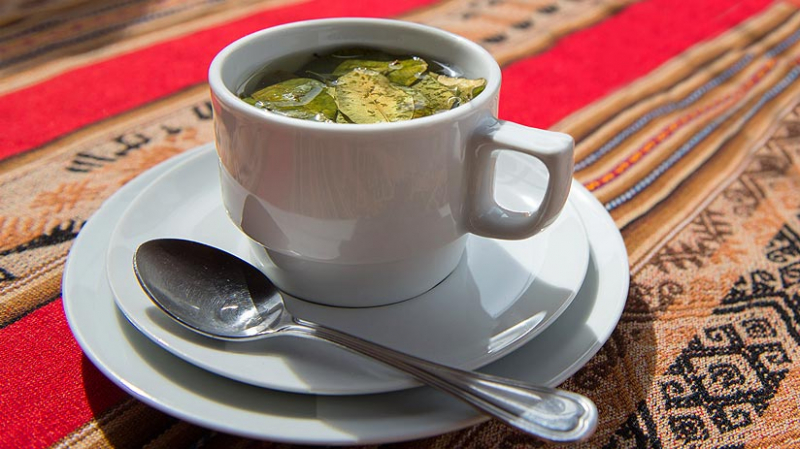
machutravelperu.com -
Altitude sickness, also known as soroche and one of the things you should know before traveling to Peru, is a type of hangover that occurs at altitudes of 8,200 feet/2,500 meters or higher. When you see this information on paper, it looks a little different. However, once you arrive in Cusco, Huaraz, or any other must-see destination that is not near the sea, you will notice that the air is thinner. Symptoms vary from person to person, but they typically include tiredness, fatigue, nausea, insomnia, headache, high heart rate, and loss of appetite. They usually vanish within two or three days. Here are some pointers to help you avoid altitude sickness in Peru:
- Relax and take it easy
- Avoid alcohol & drugs
- Drink lots of water
- Go lower and acclimatise
- Drink coca tea
- Get an Oxishot!
It is worth noting that people flying directly to Cusco in are more prone to suffering from altitude sickness, since their body has less time to adapt to the sudden change of altitude. On the other hand, when traveling by bus, people have a longer period of acclimatization and have better chances of handling the altitude.
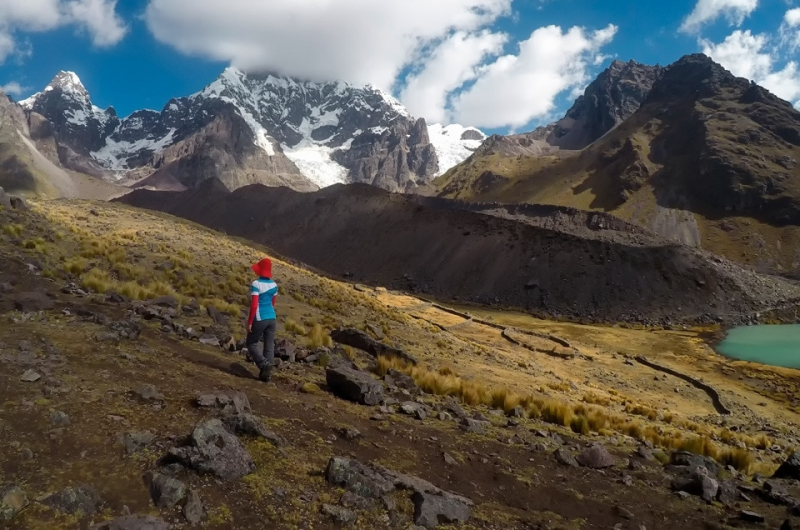
sylwiatravel.com 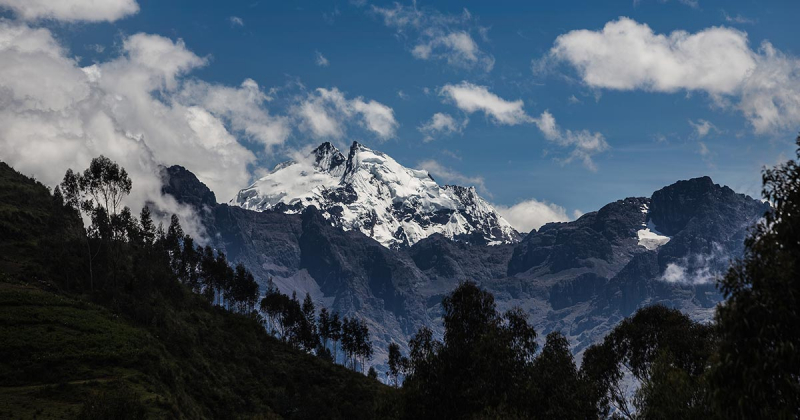
peruforless.com -
Over the years Peruvian cuisine has grown to become one of the finest in the world. The mix of spices, as well as some cultural mixes in the food, makes it a very interesting style of food. Some foods may be considered rare for other countries but in Peru they are considered delicacies. In fact, the capital of Peru, Lima has 2 of the top 50 restaurants in the world.
By the coastal region of Lima, you can have some of the best Peruvian ceviches in the world. Though you can have ceviche at pretty much any decent Peruvian restaurant in the country, make a reservation at Chef Gastón Acurio’s cebicheria, La Mar, in Lima’s Miraflores neighborhood. The seafood is as fresh as can be and the ambiance is convivial without being overwhelming.
While higher up in the mountains in the city of Cusco, dishes using alpaca meat are more common like Anticuchos - Peruvian street food, you can find it at a local food market or usually at food stalls within smaller towns. In the southern part of Peru near Pisco, you will find a region where they produce liquor called Pisco. As the national cocktail, you can try a pisco sour in most bars here. Peru has so much diversity when it comes to food.
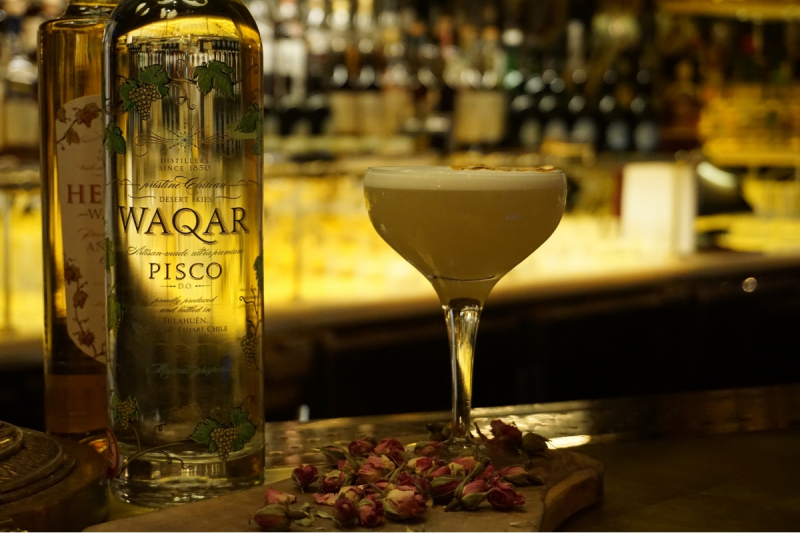
oldworldwine.vn 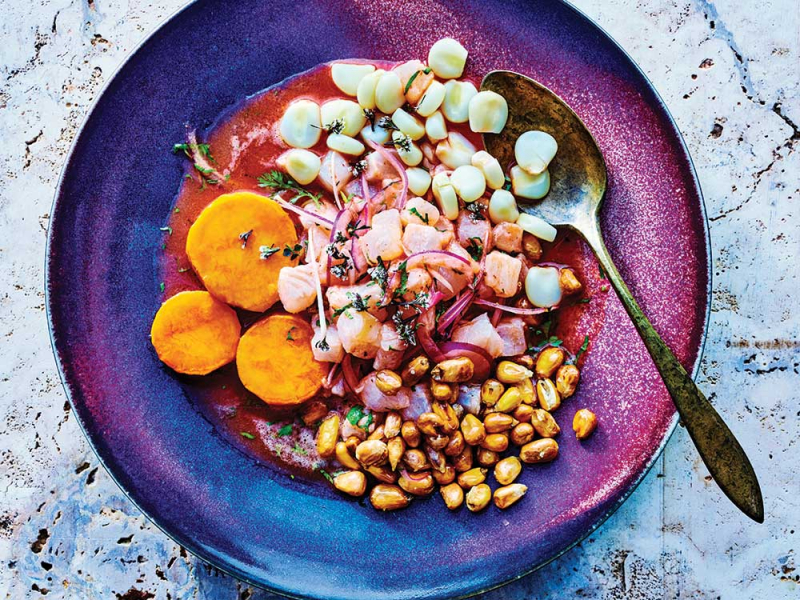
saveur.com -
The Feast of Corpus Christi was once widely celebrated throughout the country, but the most well-known popular celebration is held in the magnificent city of Cusco.
Sixty days after Easter Sunday, fifteen ornately decorated statues of saints and religious figures are stalked along with the Plaza de Armas. During the day, you can listen to the sounds of Mara Angola, Peru's largest church bell tower, which was built in the 16th century by Diego Arias de la Cerda. Locals prepare and consume around twelve traditional Peruvian dishes the night before, including cuy chiriuchu, chicha (a traditional local beer), and more.
On the main day, around midday, the procession takes place. Locals and visitors alike flock to the Plaza de Armas to admire the ornately decorated saints. Corpus Christi is a traditional and colorful religious celebration. It's a fantastic opportunity for foreign visitors to sample Peruvian culture in its purest form.
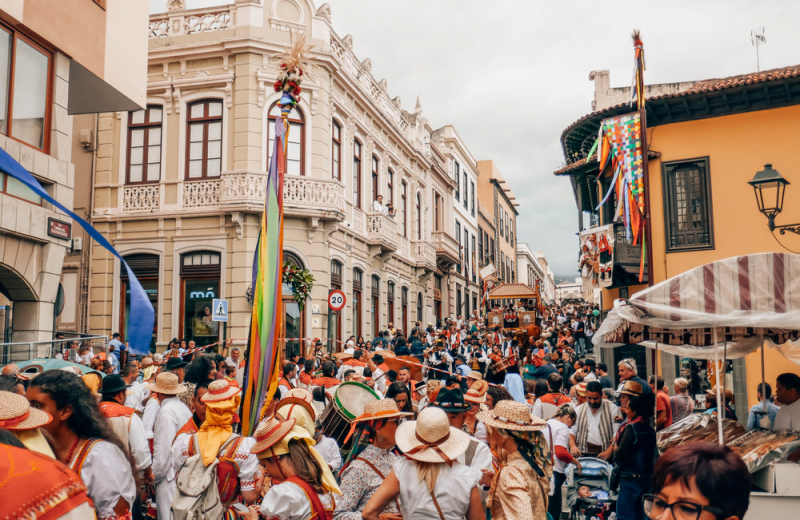
ninecoliving.com 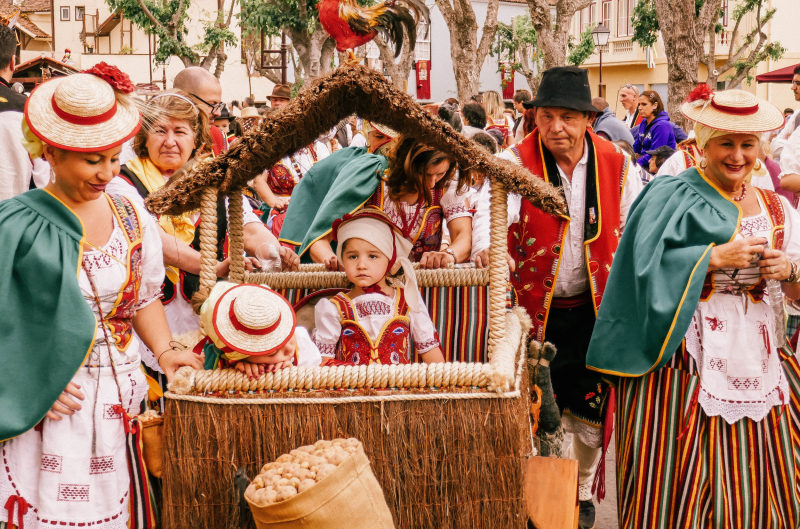
ninecoliving.com














